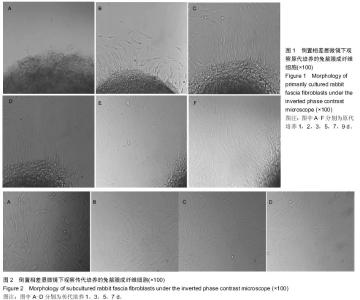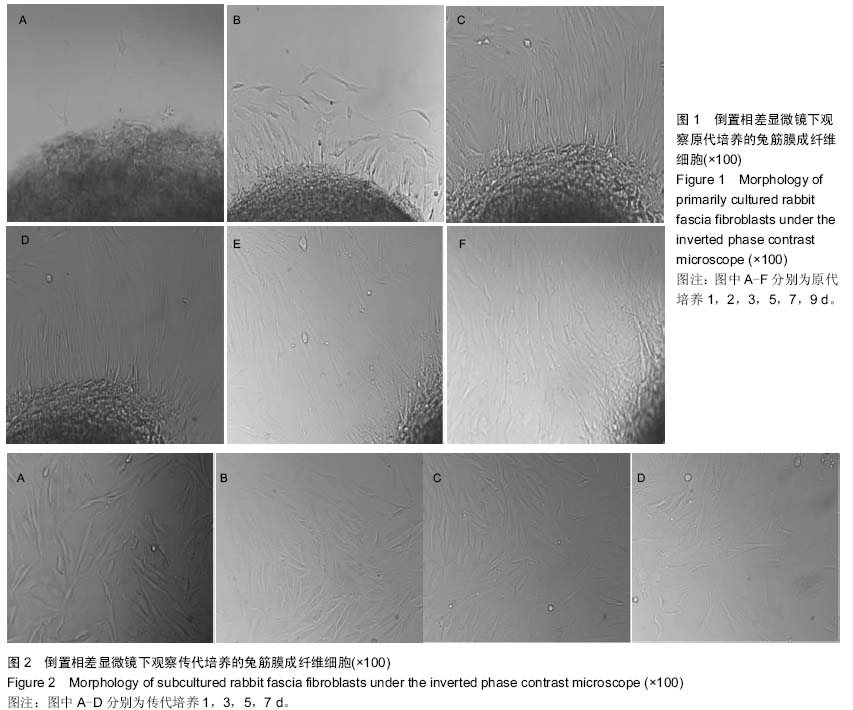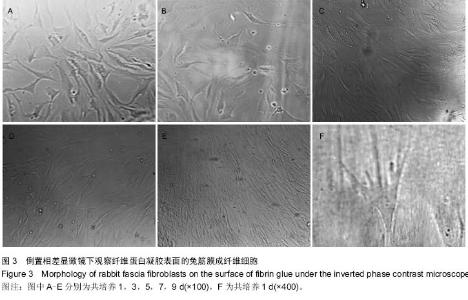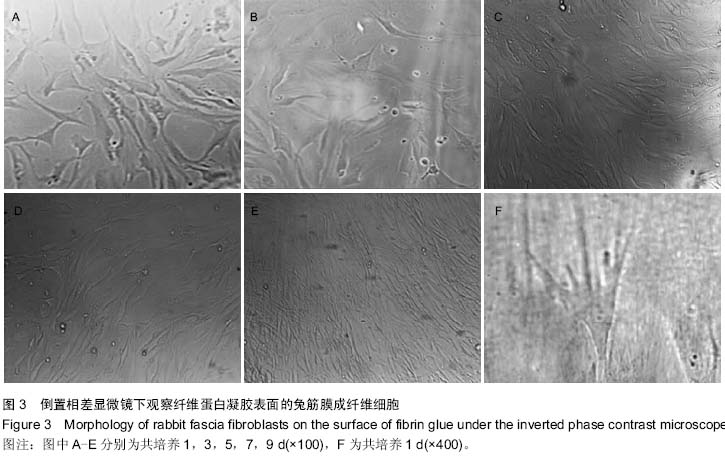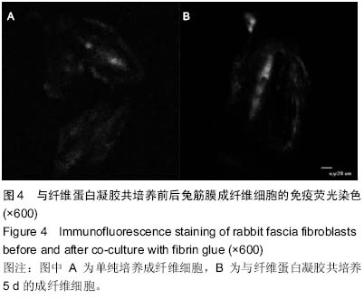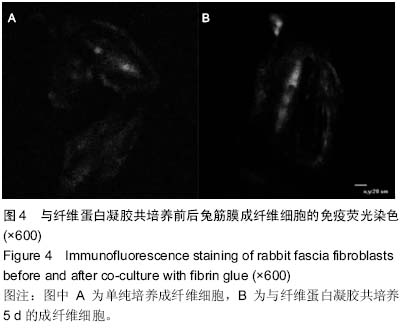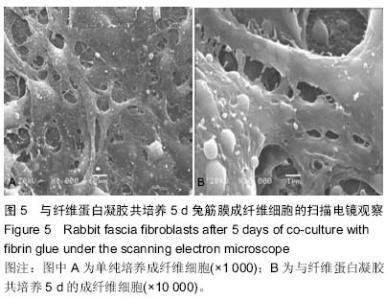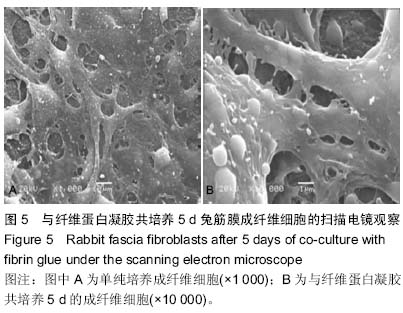| [1] Langer R,Vacanti JP.Tissue engineering. Science.1993; 260 (5110):920-926.
[2] 谢敏凯,徐月敏.丝素蛋白材料在组织工程中的新进展[J].中国组织工程研究,2012,16(43):8105-8110.
[3] Daly CH.Biomechanical properties of dermis.J Invest Dermatol.1982;79 Suppl l:17s-20s.
[4] Bell E,Ehrlich HP,Sher S,et al.Development and use of a living skin equivalent.Plast Reconstr Surg.1981;67(3): 386-392.
[5] Krueger GG.Fibroblasts and dermal gene therapy.a minireview.Hum Gene Ther.2000;11(16):2289-2296.
[6] Abiraman S, Varma HK, Umashankar PR,et al. Fibrin glue as an osteoinductive protein in a mouse model.Biomaterials. 2002;23(14):3023-3031.
[7] Alston SM,Solen KA,Broderick AH,et al. New method to prepare autologous fibrin glue on demand.Transl Res 2007; 149(4):187-195.
[8] 陈令军,喻锦成,符俏,等.组织工程支架材料在脊髓损伤中的应用[J].中国组织工程研究,2012,16(38):7161-7168.
[9] Suuronen R,Laine P,Pohjonen T,et al.Sagittal ramus osteotomies fixed with biodegradable screws:a preliminary report.J Oral Maxillofac Surg.1994;52(7):715-720.
[10] Tal D,Oma TG.“Designer”Scaffolds for Tissue Engineering and Regeneration.Isr J Chem.2005;45:487-494.
[11] 李玲,向航.功能材料与纳米技术[M].北京:化学工业出版社,2002.
[12] 胡辉,黄继锋,张伟才,等.神经营养因子体外诱导鼠骨髓间充质干细胞分化为神经样细胞的基础研究[J].华南国防医学杂志,2012, 26(6):532-535.
[13] 吉秋霞,于新波,徐全臣,等.壳聚糖基温敏水凝胶对牙周膜成纤维细胞相容性的影响[J].上海口腔医学,2012,21(6):632-636.
[14] 罗志军,黎洪棉,王和庚,等. 脱细胞异体真皮基质与人脂肪干细胞的生物相容性[J].中国组织工程研究,2012,16(25):4616-4621.
[15] 盂国林.成纤维细胞成骨能力的系列研究[D].西安:第四军医大学,2000.
[16] Lekic P,Mcculloch CA.Periodontal ligament cell populations:The central role of fibroblasts in creating a unique tissue. Anat Rec.1996;245(2):327.
[17] 徐荣辉,饶寒敏,朱雅萍,等.皮肤成纤维细胞在体外培养中的成骨作用[J].中华外科杂志,1994,32(3):190.
[18] Bartruff JB,Yukna RA,Layman DL.Outer membrane vesicles from Porphyromonas gingivalis affect the growth and function of cultured human gingival flbroblaats and umbilical vein endothelial cells.J Periodontol.2005;76(6):992-979.
[19] Sidhu KS, Lie KH,Tuch BE. Transgenic Human Fetal Fibroblasts as Feeder Layer for Human Embryonic Stem Cell Lineage Selection. Stem Cells Dev.2006;15:741-747.
[20] Akers IA,Parsons M,Hill MR,et al.Mast cell tryptase stimulates human lung fibroblast proliferation via protease-activated receptor-2.Am J Physiol Lung Cell Mol Physiol.2000;278: L193-L201.
[21] 张怡,赵连三,汪成孝,等.小鼠胚胎成纤维细胞的分离与培养[J].四川大学学报:医学版,2003,34(2):344-346.
[22] Torio-Padron N,Baerlecken N,Momeni A,et al.Engineering of adipose tissue by injection of human preadipocytes in fibrin.Aesthetic Plast Surg.2007;22:155-162.
[23] Nieponice A,Maul TM,Cumer JM.Mechanical stimulation induces morphological and phenotypie changes in bone marrow-derived progenitor cells within a three-dimensional fibrin matrix.J Biomed Mater Res A.2007;81:523-530.
[24] Mai X,Li W,Wang YH,et al.Fibrin gel enhances osteogenic differentiation of rat mesenchymalstem cells.Zhongguo Zuzhi Gongcheng Yanjiu.2014;18(25):3998-4003.
[25] Stem S,Lindenhayn K,Schultz O,et al.Cultivation of porcine cells from the nucleus pulposus in a fibrin?hyaluronic acid matrix.Acta Orthop Scand.2000;71(5):496-502.
[26] 刘恒,曹瑞治.纤维蛋白凝胶携载血管内皮生长因子修复大鼠坐骨神经损伤的组织学观察[J].山西医药杂志,2014,43(15):1778-1881.
[27] 刘立强,焦安贵,李森楷,等.纤维蛋白凝胶移植培养口腔粘膜细胞的研究.中华实验外科杂志.2008,25(4):440-442.
[28] Itosaka H,Kuroda S,Shichinohe H,et al.Fibrin matrix provides a suitable scaffold for bone marrow stromal cells transplanted into injured spinal cord: a novel material for CNS tissue engineering.Neuropathology.2009;29(3):248-257.
[29] Sims CD,Butler PE,Lao YL,et al.Tissue-engineered neocartilage using derived polymer substarates and chondrocytes. Plast Reconstr Surg.1998;101(6):1580-1585.
[30] Hendrickson DA, Nixon AJ, Grande DA,et al.Chondrocyte-fibrin matrix transplants for resurfacing extensive articular cartilage defects.J Orthop Res,1994,12(4):485-497.
[31] Silverman RP,Passaretti D,HuangW,et al.Injectable tissue-engineered cartilage using a fibrin glue polymer. Plast Recon str Surg.1999;103(7):1809-1818. |
